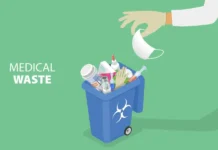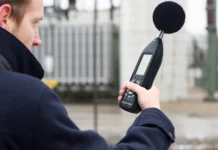Dyslexia is a learning condition that affects people of all ages that requires most to seek educational therapy to help them succeed at reading and writing. Those born with dyslexia may not develop visible symptoms until later in life. Symptoms can vary widely from person to person and change, diminish, or progress with time. Be watchful for these common signs in each major age group.
Early Childhood
Few children in this stage receive dyslexia diagnosis, as they have not developed the ability to read or write proficiently yet. However, those with moderate to severe cases may exhibit some early warning signs during the toddler and preschool years. These may include:
- Trouble recalling or telling stories in chronological order
- Difficulty learning new words
- Using words (such as “that” or “thing”) instead of specific labels
- Trouble pronouncing words correctly
- Difficulty learning songs or rhymes
Pediatricians help parents keep track of developmental milestones, especially in speech and language. Routine checkups are the key to parents knowing when to look for underlying causes for these issues.
School-Aged Children
This period is when most people can identify and diagnose dyslexia. Symptoms often become more noticeable to teachers and parents during school activities and completing assignments. These are vast and can include:
- Switching letters when spelling or writing
- Difficulty with phonics and spelling
- Slow reading rates
- Trouble with reading comprehension
- Frequent math computation errors
- Difficulty learning and identifying common sight words
Children with learning difficulties may begin exhibiting emotional or behavioral issues, especially in school and during homework.
Teenagers
If a person with dyslexia remains undiagnosed or does not receive treatment, they may develop coping techniques and mechanisms that help them get by in school. However, these are not successful or effective all of the time. As a result, high school students with dyslexia may:
- Read at a much slower rate than their peers
- Require extended amounts of time to complete tests and quizzes
- Replacing similar words in a text that are inaccurate, such as “house” instead of “home.”
- Have difficulty understanding imagery, wordplay, or jokes
Teens with dyslexia may develop negative attitudes about school and avoid reading or writing as much as possible.
Adults
Adults with dyslexia may still exhibit symptoms that develop in childhood, but most adults find ways to adapt or avoid difficult learning situations. Other symptoms can develop in later years that still affect everyday life and productivity, including:
- Trouble focusing or concentrating
- Avoiding reading for pleasure or altogether
- Trouble navigating or following directions
- Messy or illegible handwriting
- Overall lack of confidence, especially in social situations
While the earlier is usually better, it is never too late to assess an individual for a learning difference or difficulty. With an accurate diagnosis, those with dyslexia can get the support they need to live a successful and fulfilling life. At WPS, our Tests of Dyslexia (TOD) assessment covers students and adults ages 5 to 89. Learn more at WPS about how to help children and adults with our screening and assessment tools.
Read Also: Regimen Lower Back Ache with K- tape



































































